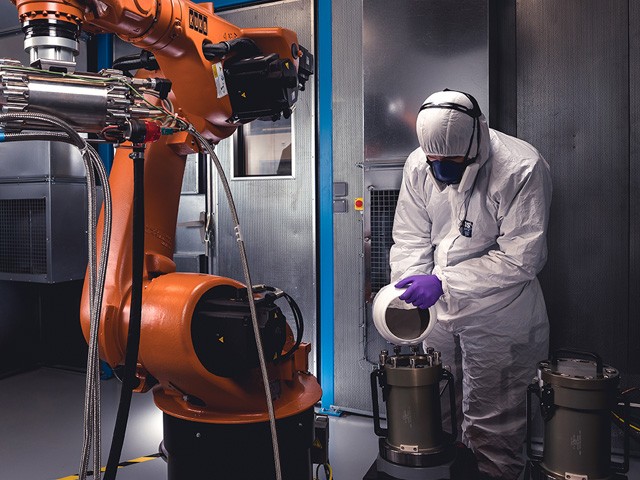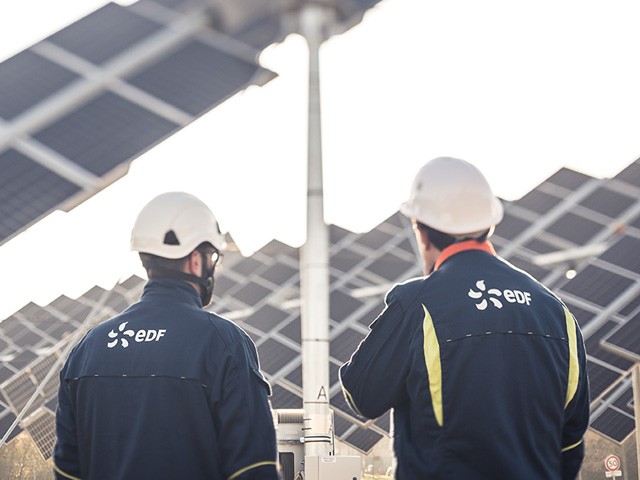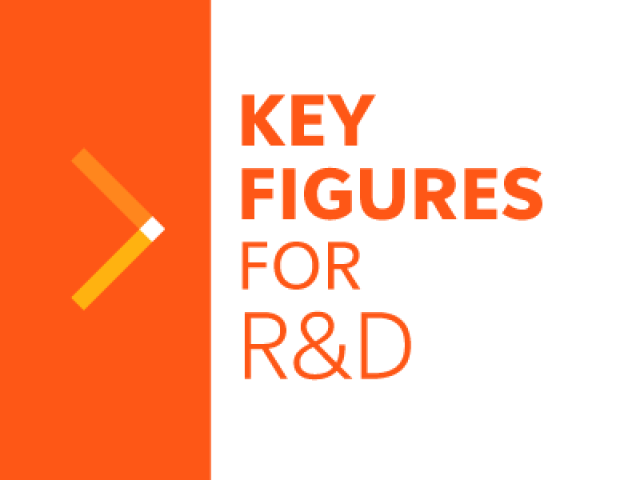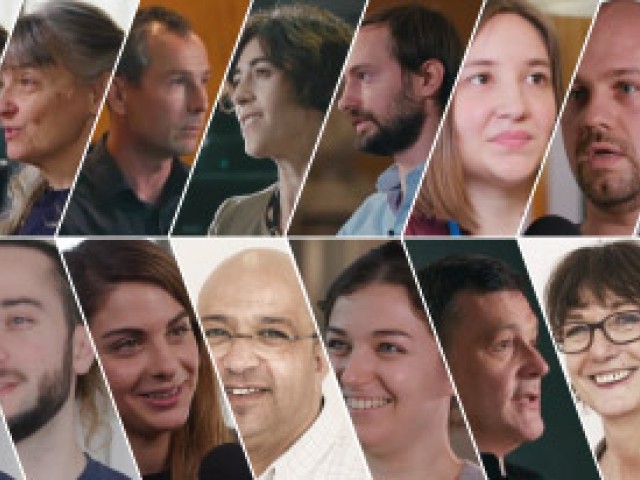Welcome to EDF R&D
EDF R&D, an innovation accelerator for your projects
R&D is at the heart of EDF Group's major challenges. It covers all trades and activities of the energy sector. It provides day-to-day support to the business lines and subsidiaries in line with the EDF Group's Cap 2030 project. Researchers are driven by two missions: improving performance in all today's activities and preparing for the future by working on breakthrough technologies. Browse through the projects and research work that make EDF R&D a benchmark player, whether it is developing new energy and electricity services, supporting competitive and decarbonated production mixes or supporting the digital and societal transition.
R&D: dare to look towards the future and innovate at present
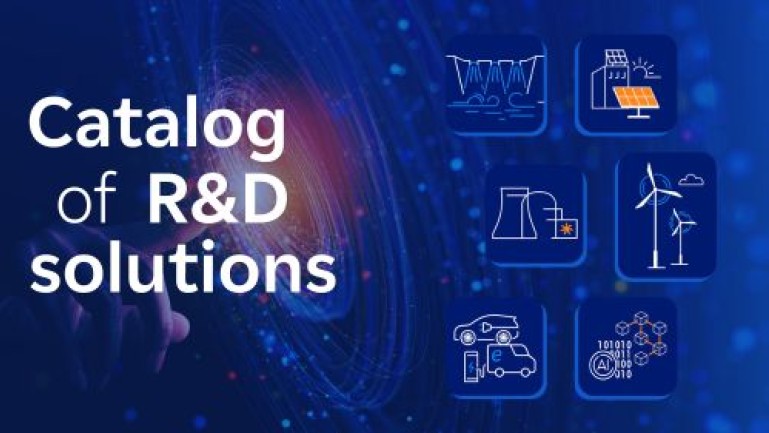
Discover the new R&D solutions catalog
With recognized expertise in many low-carbon fields, EDF R&D teams design innovative solutions for decarbonized power generation, advanced electrical systems, process electrification, and energy storage. The researchers are ready to put their know-how and testing facilities at your service to support your projects toward a more sustainable energy future.
New version
R&D Experience

Explore our virtual showcase and let you be guided through the EDF R&D world.
Visits 360
R&D laboratories
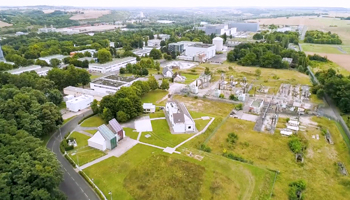
Discover our R&D laboratories through photos and videos!
Presentation
Explore R&D
Don't miss our actualities
See all R&D's events, awards, highlights, and much more.


